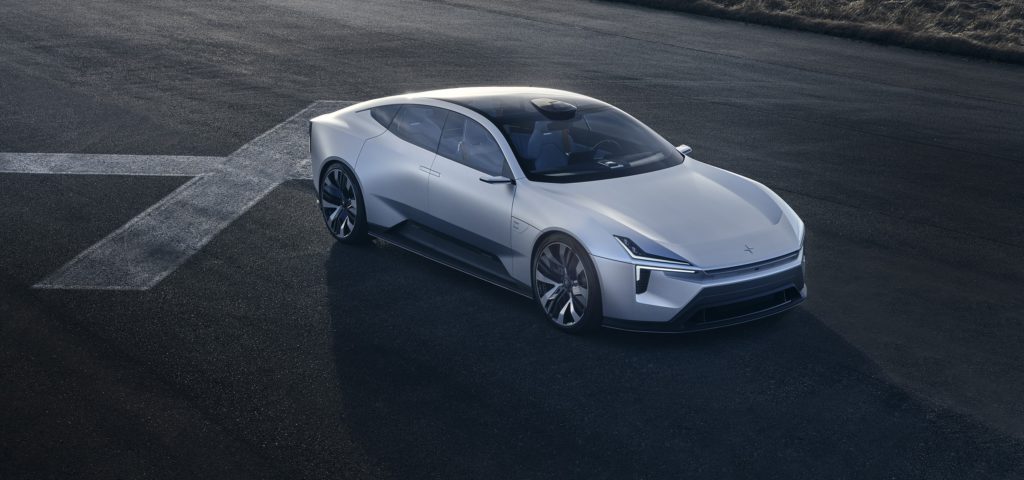Polestar Precept pushes sustainable mobility
08 April 2020

8 April 2020
Polestar has drawn back the curtain on its vision for a sustainable future. The Precept concept sets the tone for the carmaker’s plans with an array of high-tech capabilities and sustainable design.
′Precept shows you where we will be heading – our design direction, our ambitions about sustainability and the great digital user experience we will bring with those future cars,’ said Thomas Ingenlath, Polestar CEO. ′Precept showcases our future, not as a fancy dream or something out of a sci-fi movie. This is our reality, to come.’
In a video published by the carmaker, Ingenlath walks through some of the Precept’s features providing ′food for thought about a different kind of sustainable future’. He sees this future continuing ′sophisticated high-tech minimalism, that redefines beauty for the sustainable age.’
Sustainable throughout
The fully-electric four-door grand tourer embodies the Swedish brand’s core concepts: sustainability, digital technology and design. Following in the footsteps of the Polestar 2, the Precept features a vegan interior with high levels of recycled materials. Working with natural fibre innovator Bcomp, Polestar replaced the usual array of plastic found in a modern-day vehicle with a flax-based composite. These natural materials mean an 80% reduction in plastic as well as 50% less interior component weight.
Bcomp’s ampliTex composite material is strengthened by their powerRibs technology which is inspired by leaf veins. The strong, rigid and lightweight componentry can reduce vibrations by up to 250% and will perform better during an impact according to Polestar.
The Precept’s seat covers are 3D-knitted with 100% recycled PET bottles in a single thread. This allows for exact sizing and no waste or off-cuts. The same recycled plastic is used for the headlining textile. Nylon 6, recovered from reclaimed fishing nets, is woven to make up the ECONYL carpets. The seat bolsters and headrests are made from waste and recycled cork from the wine industry.
Electrified design
Polestar’s sustainable approach is not confined to the Precept’s interior. Waste prevention is a running theme across the car’s design. Integrated into the bonnet, the front wing improves airflow by reducing turbulence over the rest of the body. Less turbulence means greater electric-range.
Air ducts behind the front wheels allow air to leave the wheelhouses and contribute to streamlined flow around the side of the car. At the rear of the car, air ducts work to assist brake cooling alongside depressurisation of the wheelhouse.
A long wheelbase allows for a higher battery capacity as well as greater interior space. Again, shadowing the Polestar 2, the Precept’s battery placement beneath the floor means the rear passenger footwells utilise as much space as possible.
Technologically thorough design
Alongside its sustainable approach to design, Polestar has made sure its new electric vehicle will be packed with advanced technology. The Precept’s Android-powered infotainment system is displayed on a 15-inch screen with Google Assistant providing advanced speech technology. Video streaming services also become available when the car is parked or charging. Proximity sensors adjust what is shown on the screen depending on where the user’s hand is placed.
A nine-inch horizontal display contains vital information and is liked to eye-tracking technology. These eye monitors allow for on-screen adjustments based on where the driver is looking. Information will be smaller and more detailed when they are focused on the screen and will display only key information in a larger and brighter format when they are looking at the road.
The front grille features pilot assist systems including long- and mid-range radar, ultrasonic sensors and a HD wide-angle camera. Either side of the car now houses additional driving sensors to assist the SmartZone system.